| | | Dear Friend of Scientific American,
We had a blast putting together the January issue of Scientific American. The cover story is written by our former commentary and physics editor, Mike Lemonick, who retired a few years ago to write more (and play with grandchildren). He's the best guide we could imagine to tour us through the voids in the universe where nothing exists, at least nothing that we can detect so far. Have you ever gotten a blood test showing you're deficient in Vitamin D? Well, there's a story there – of hope and hype and sketchy testing guidance. You probably have plenty of Vitamin D, but if you're worried, the best thing to do is spend some time outdoors, where we basically photosynthesize Vitamin D from sunlight like we're plants.
Alaska's rivers are turning orange – we have the science and the otherworldly photos to prove it. This is a fun adventure story featuring scientists trying to solve a surreal mystery. Ever since Freud, a lack of interest in sex has been considered a sign of some psychological disorder. But in the past few years, people who are asexual or study asexuality have shown that it's just another stable sexuality, like heterosexuality or homosexuality, and it's not a problem to be fixed.
You may have heard about the discovery of "einstein tiles," shapes that can be used to create infinite planes that never repeat. The back story to that discovery is a delightful read, a romp of a story about collaboration, enthusiasm, mind-expanding mathematics and M.C. Escher-worthy new shapes. We hope you enjoy these stories as much as we at Scientific American do.
Laura Helmuth
Editor-in-Chief
Scientific American | | | | | | | | | January Issue Highlights | | | | | | | | | | | | | | | | |
| | | | | | | Read the latest issue! | | Huge empty patches could help solve the universe's greatest mysteries. | | | | | | | | | |  | |
To view this email as a web page, go here.
You received this email because you opted-in to receive email from Scientific American.
To ensure delivery please add chiefeditor@scientificamerican.com to your address book.
Unsubscribe Email Preferences Privacy Policy Contact Us


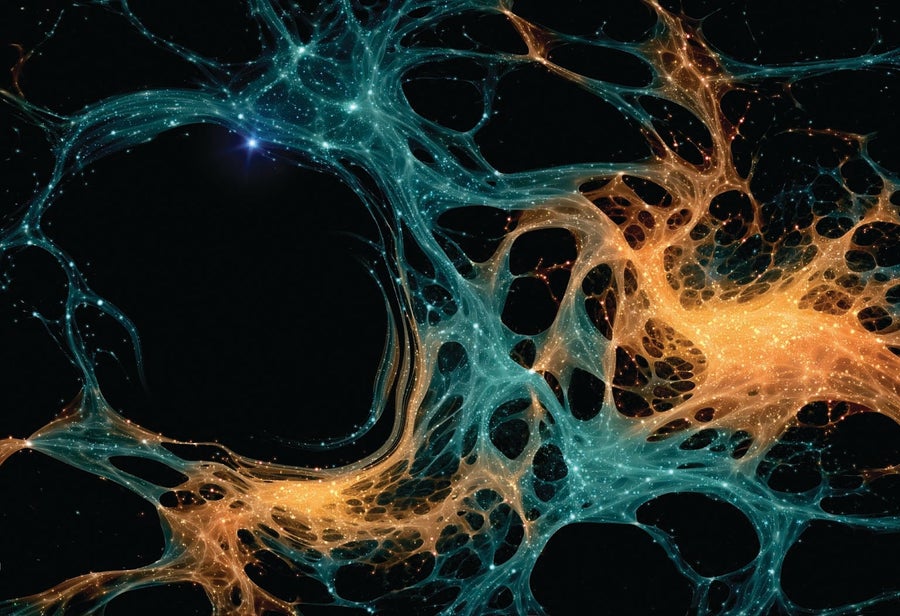
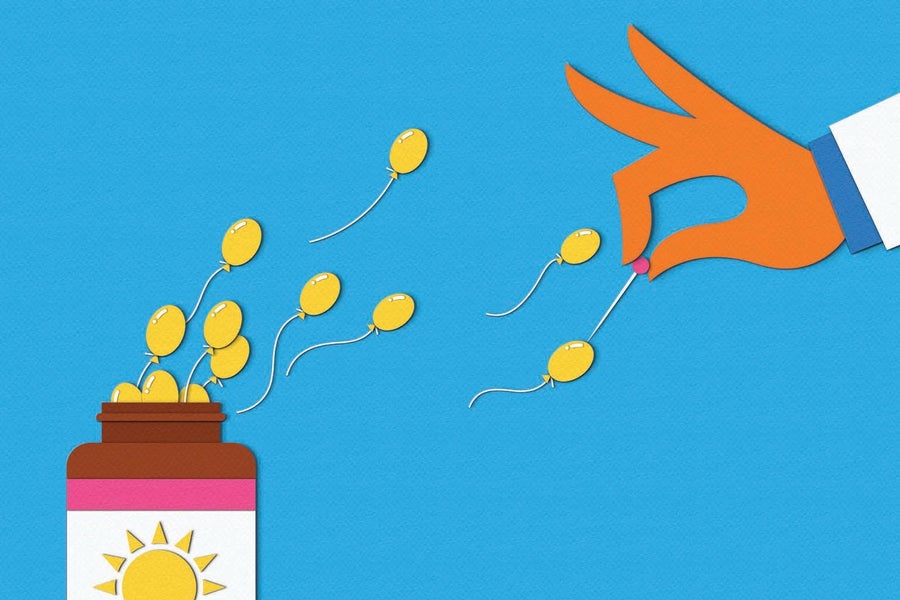

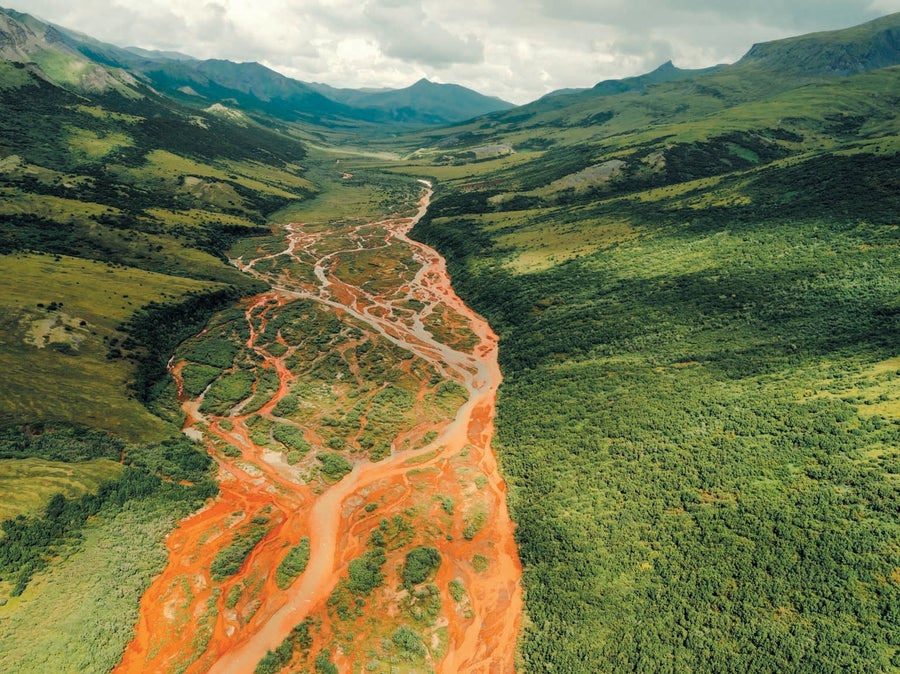
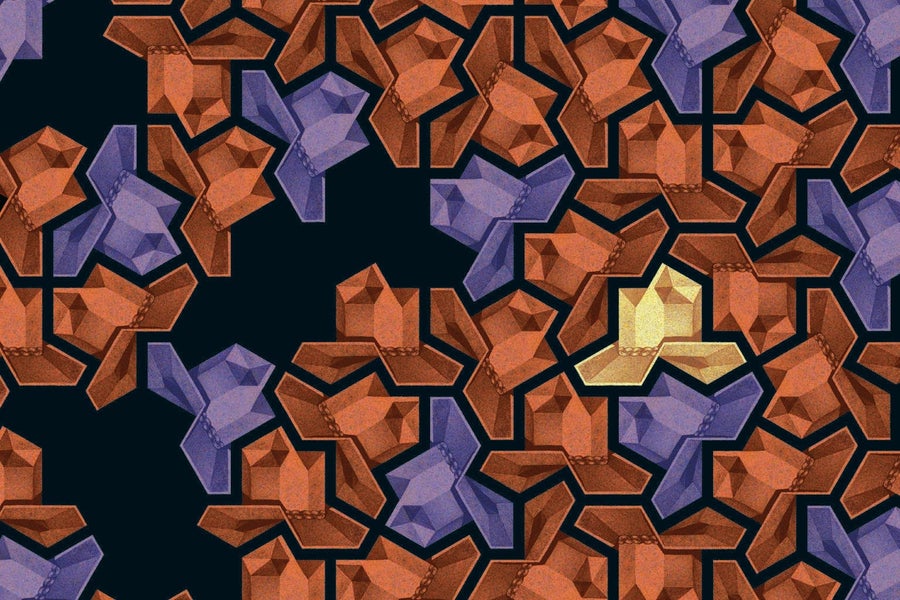
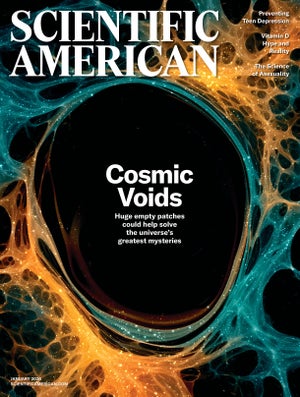
Comments
Post a Comment